Earlier, while writing the first installment of our new series, Downstreaming, the issue of digital content ownership came into play. After all, we don’t own digital content, we own a license for it. If you buy a DVD, you own it. If you buy a book, you own it. The fact that we don’t own our content is somewhat disturbing.
Let’s take the Kindle license agreement. The Kindle, of course, was a top seller in 2010. Here is the Kindle license.
“Upon your download of Digital Content and payment of any applicable fees (including applicable taxes), the Content Provider grants you a non-exclusive right to view, use, and display such Digital Content an unlimited number of times, solely on the Kindle or a Reading Application or as otherwise permitted as part of the Service, solely on the number of Kindles or Other Devices specified in the Kindle Store, and solely for your personal, non-commercial use. Unless otherwise specified, Digital Content is licensed, not sold, to you by the Content Provider. The Content Provider may post additional terms for Digital Content in the Kindle Store. Those terms will also apply, but this Agreement will govern in the event of a conflict.”
So, we can view, use and display content. We do not, however, have a right to download such content in perpetuity, which makes one wonder what might happen if Amazon changes the configuration of the Kindle store someday in the future. Would the content we have work on the 20th generation Kindle?
The Nook store does not cover the issue in their terms of use.
Then there is Amazon VOD, which we discussed in this article. There, if your content becomes unavailable, even though you paid for it…you are just out of luck.
For other media services, the content is stored locally, but the license requires access to a server to authenticate. And those servers will not work in perpetuity. While we think that if you buy something, steps should be taken to ensure its continuity. Companies should advise you of how they plan to do that.
A recent Pew study found that 65% of users have paid for online content. On the media side of that: Â 33% was music, 18% was newspaper or journal content, and 16% were movies or TV shows. The average expense being $47 per month for material downloaded or accessed overall, be it subscription(23%) or individual file access(16%) or accessing streaming content(8%).
These numbers will only be going up and these questions should be answered by companies. But they likely won’t any time soon. Companies would prefer that online, rental prevails, with no purchase. Why not make you repurchase something you’ve already bought before with no value-added…just a chance to continue to make money off their property?
It is why, despite our love of technology, physical books and physical copies of media are unlikely to die any time soon. As long as companies can rescind our ability to use something we’ve lawfully purchased, other pros and cons aside, they are not going anywhere.

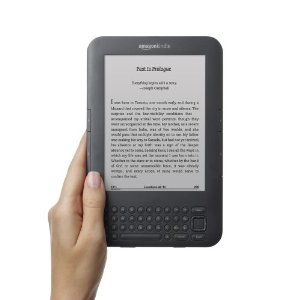
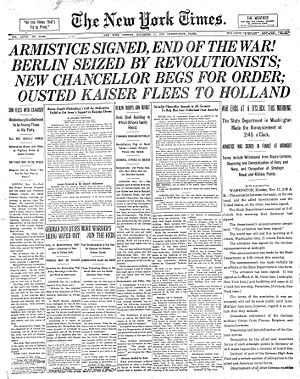

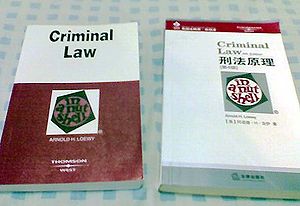






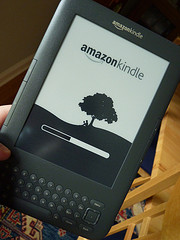


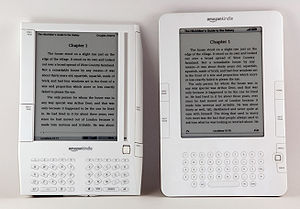
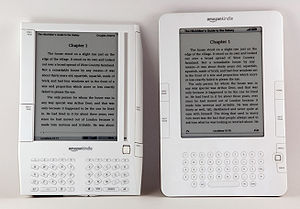

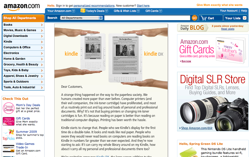


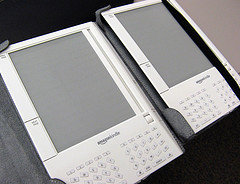

![Reblog this post [with Zemanta]](http://img.zemanta.com/reblog_e.png?x-id=4d1d8594-f904-4c7a-942c-bb8fc29bfdda)


![Reblog this post [with Zemanta]](http://img.zemanta.com/reblog_e.png?x-id=e5f40a83-e283-460d-9483-d2ef776b2077)